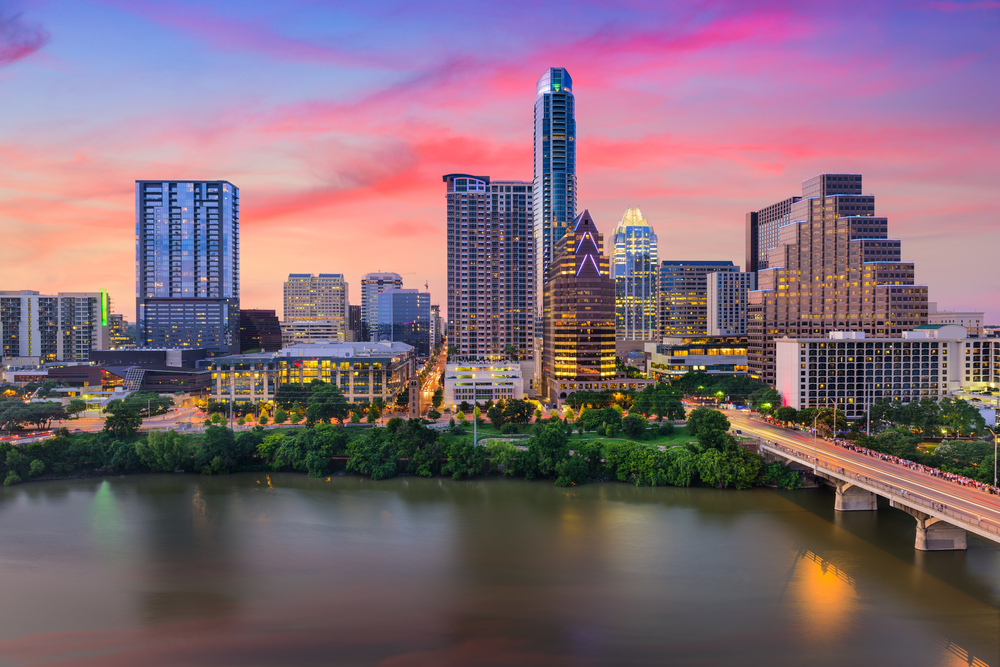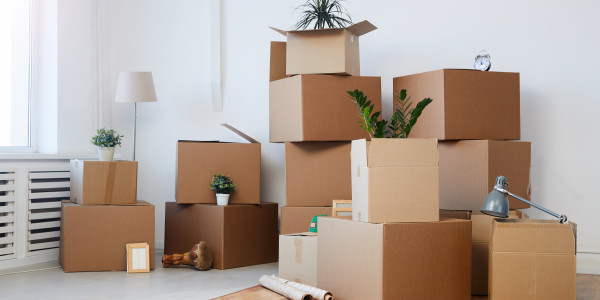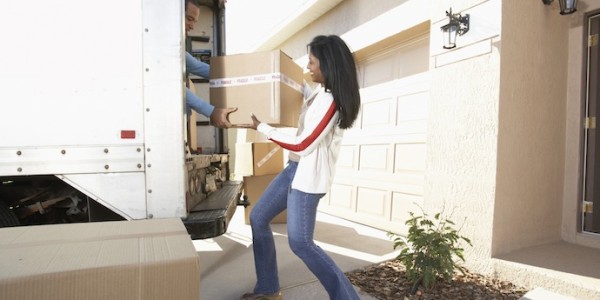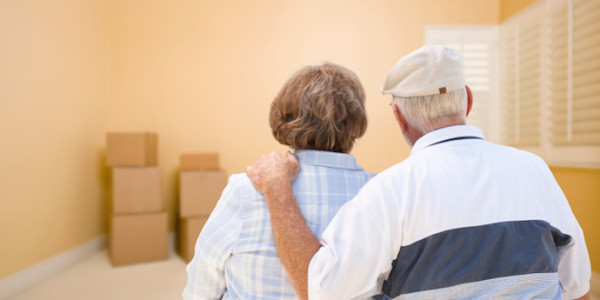Austin At-A-Glance
Keith Richards once said, “I like it here in Austin. Anybody got a room?”
If you’re thinking about moving to the capital of Texas, you’re not alone. The city draws in a healthy mix of young professionals, families, and retirees with its laid-back atmosphere, booming job market, and a vibrant arts and music scene. Austin and its suburbs have consistently ranked high among the best places to live in the U.S. in recent years. In fact, two of Austin’s suburbs currently top the nation’s list of fastest growing places in the U.S.
Navigation Jump Links
- What it’s like to live in Austin
- Economy and job outlook in Austin
- Real estate, cost of living in Austin
- The top neighborhoods in Austin
- How to get around in Austin
- School and education snapshot
- Weather and climate in Austin
- 10 Can’t miss things to do in Austin
The City That’s Keeping It Weird
There’s some debate about whether or not Austin is truly as “weird” as its bumper stickers and signs claim, but the unofficial slogan “Keep Austin Weird” has become synonymous with supporting local businesses and keeping the artistic, whacky vibe going strong.
Borrowed from an off-the-cuff remark by a radio show guest nearly two decades ago, Keep it Weird was adopted by the Austin Independent Business Alliance and many Austin residents as a means of holding onto the city’s unique qualities in the face of a growing economy and to thwart over-commercialization.
So far, it’s working for them. Visitors and locals alike love the city’s exciting nightlife, independent bookstores and coffee shops, delicious local cuisine and a bumping music scene. There’s plenty of weird to be found, too, with the Cathedral of Junk, Museum of the Weird, hidden speakeasies, Ginny’s Longhorn Saloon, and more.
This must be why Austin is the coolest city you keep hearing about.
Technology and Innovation Thrive in Texas’ Silicon Hills
Playing off California’s famous Silicon Valley, Austin has been dubbed “Silicon Hills” since the 1990s for its rolling hills and influx of big tech companies and startups making the city their new home. In recent years, other industries including education, health services, and transportation have also contributed to the city’s incredible job market.
While Austin, like the rest of the world, felt the hit of the pandemic, the city made up the losses to its job market by mid-2021, and by mid-2022 the unemployment rate was its lowest since before the pandemic. Between January and July 2022, Austin added over 400,000 jobs, the most ever recorded during that time frame in past years.
The unemployment rate in Austin is 3.1 percent, which is lower than the national average. Major employers include Apple, Amazon, Dell, IBM, Meta, and of course the University of Texas.
Moderately Expensive Living with Higher Wages
Although the cost of living in Austin is approximately 2 percent higher than the national average, driven by the city’s housing costs, it still remains a more affordable alternative to cities like Seattle, New York City, Boston, Los Angeles, and Miami. According to the Austin Chamber of Commerce, the median household income is $86,530. The higher income, about $20,000 above the state median, helps to offset some of those hot metropolitan area costs.
Over the past couple of years Austin, like the rest of the U.S., saw its rent prices shoot up amid a heavily competitive housing market. While at the start of 2022, the housing market in Austin was pricing at 12 percent over the national average, between June and September 2022, the available inventory in the city increased, resulting in the home listing prices in Austin dropping 10.3 percent, a larger decrease than any other city in the country saw in Q3.
The median listing price for a home is now just under $560,000, bringing it much closer to prices seen a year ago. As with most cities, the closer you want to live to the center of the city where everything is happening, the more you’ll pay for a home.
The median rent price in Austin is a bit of a debate, with survey landlords (owners of 50 or more units) and single-family rental homes skewing the data by driving up the high end of the scale. While it’s true that rents in Austin have gone up, the city’s NPR station, KUT, found that on average the increase was closer to 10 percent than the scary 86 percent some reports claim, with a renter likely to pay around $1,720 for a rental home of any size.
Charming Neighborhoods for Every Lifestyle
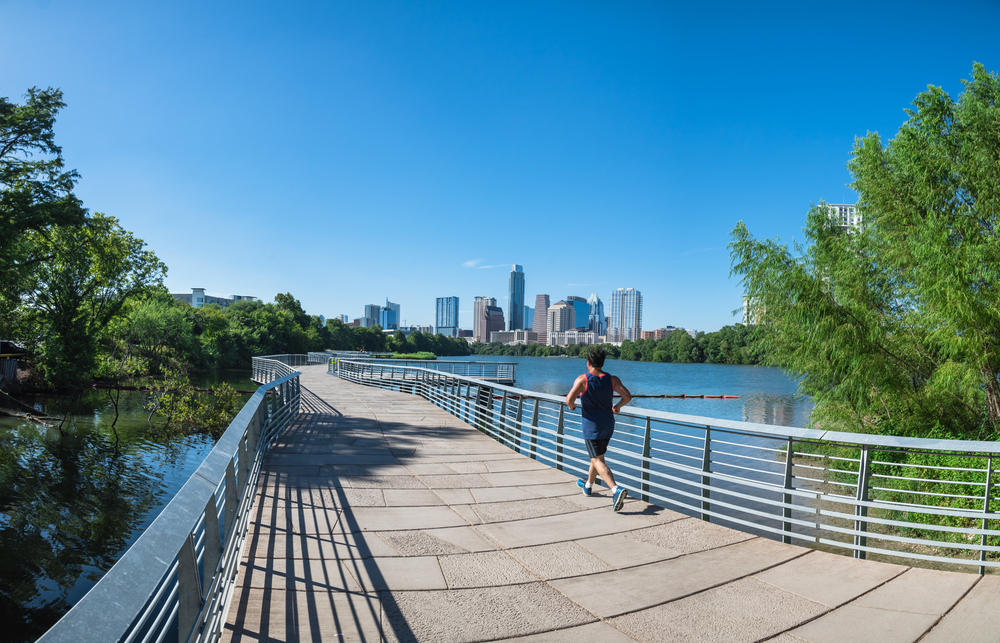
Austin is home to over 100 neighborhoods, and everyone seems to have an opinion on which is the best. Maybe that’s because what makes it the best is different for everyone! Are you a foodie who wants good dining? You may love South Congress or Travis Heights. Are you moving to the Lone Star State with your family? You may find Northwest Hills or Tarrytown more to your liking. Retirees may love the charm of the more traditional neighborhood, Rosedale.
Whatever it is you’re looking for, there’s a neighborhood for you. Check out these five highly recommended neighborhoods:
ALLANDALE
As one of Austin’s more traditional, older neighborhoods, Allandale is known for its peaceful nature, including beautiful bike trails and parks. The neighborhood also has plenty of shops, restaurants, and a healthy nightlife for the young professionals who live there, and still boasts a high rating for safety and walkability. This must be why this north-central neighborhood is still considered one of the best neighborhoods in Austin to raise a family and is among the favorites of retirees as well.
HYDE PARK
Hyde Park, found in Central Austin, is registered in the National Register of Historic Places. If you love stunning architecture, this could be your neighborhood. You’ll find beautiful examples of late 19th-century architecture alongside newly built homes that help feed the up-and-coming vibe. The University of Texas is only a seven-minute drive away, so the neighborhood is full of academics and students. In addition to unique cafes, shops, and a decent nightlife, Hyde Park also houses a few museums and art galleries. The outdoorsy folks can still enjoy the Hancock Golf Course or Shipe Park.
MUELLER
Another hot neighborhood for families with young children, Mueller is considered to be Austin’s greenest and most sustainable neighborhood. Designed more for those who enjoy being outside with their kids, Mueller has a walking path or bike trail on almost every street to reduce its residents’ reliability on cars. Mueller isn’t bringing the same level of shops and restaurants that other neighborhoods might, but thankfully Downtown isn’t too far away and the neighborhood is well connected to the rest of Austin through public transportation.
FRANKLIN PARK
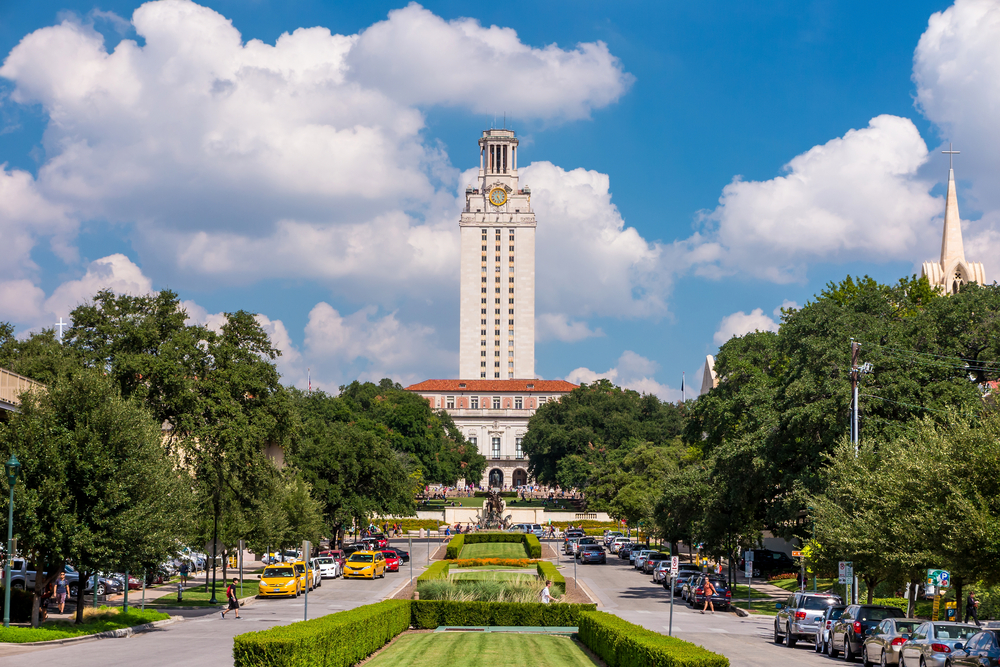
With great access to Downtown and the University of Texas, Franklin Park houses a mix of renters and homeowners, from university students to families with older kids. Young professionals have also been drawn to the neighborhood because of its eco-attitude, resulting in a well-rounded community. Like the rest of Austin, Franklin Park is all about the outdoors. Hikers, bikers, and campers will enjoy McKinney Falls State Park, while those who love to fish may enjoy Onion Creek. There are also plenty of playgrounds and family-friendly picnic spaces.
CLARKSVILLE
Bordering Downtown, Clarksville is a historic part of Austin that is quickly becoming a quirky, urban hub. Alongside its landmarks, historic homes, and beautiful parks, residents enjoy Clarksville’s unique restaurants, shops, and bars that are doing their part to Keep Austin Weird. Families, foodies, retirees, and professionals love this safe neighborhood—though it may be a little pricey for students.
Other neighborhoods to include in your Austin home search:
- Tarrytown
- Barton Hills
- Rosedale
- Downtown
- Old West Austin
Austinites All Agree: The Traffic is Terrible
With the influx of big tech into the city and more visitors turning into residents, it’s no surprise that one of the biggest complaints in Austin is the traffic. Thankfully, Capital Metro—Austin’s public transit system—provides several services to get residents and visitors where they need to go, with single ride, 7-day, and 31-day passes available. The MetroBus covers all of Austin, with the MetroRapid bus servicing the downtown area and the MetroExpress available to bring commuters in the outer neighborhoods into the center of the city. Capital Metro also offers a light rail that runs Monday through Saturday.
For those who prefer a scenic commute, Austin is a pedestrian-friendly city full of dedicated bike trails and lines to get you where you need to go. The city also participates in a bike-share program, B-Cycle, which offers a 24-hour pass for just $12.00.
One of the Most Educated Cities in the U.S.
Forbes once named Austin as one of the country’s biggest “brain magnets” and pinned it as one of the smartest cities of the future. The city places a high value on education, and with plenty of smart professionals making the city their new home, Austin was considered one of the most educated cities in the U.S. in 2022.
Austin’s University of Texas is one of the largest schools in the U.S. and is made up of 13 schools and colleges. The university is ranked in the top-50 universities in the country, with several of its schools, including the McCombs School of Business and the School of Nursing, ranking high for their graduate programs. With the University of Texas joined by 26 other public and private universities and colleges in the area, it’s no wonder that nearly 45 percent of Austinites and residents of the surrounding areas hold a bachelor’s degree.
For those who have or are planning to have children, Austin also has over 250 public schools and over 100 private schools to choose from. Its public schools rank in the top 20 percent of those in the state.

Austin Promises Hot Summers and Mild Winters
It’s possible that the people in Austin are as relaxed and friendly as they are because overall the city’s weather is considered pleasant and great for outdoor activities year-round.
With a humid, subtropical climate, Austin is known to have the hot summers one expects of Texas, but more mild winters—great news for the snowbirds looking to escape the northern states. Although the city is considered to have a more moderate climate than other big Texas cities such as Dallas and Houston, Austinites still experience the heat with temperatures in the summertime reaching 100+ degrees. You’ll definitely need sunscreen, but at least there are plenty of pools to keep you cool.
10 Can’t-Miss Things to Do in Austin
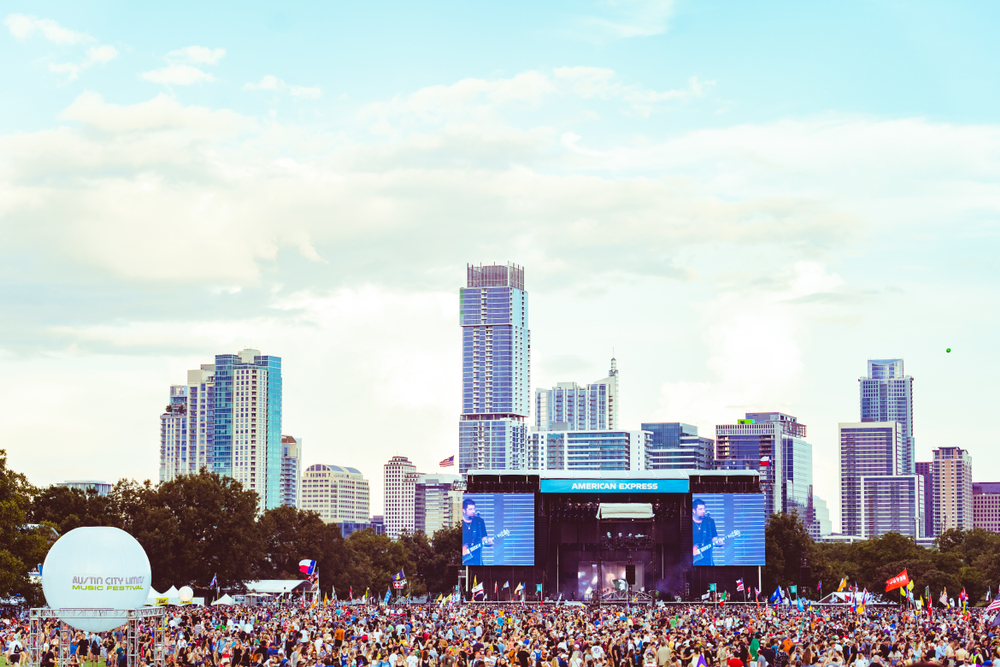
In a city like Austin, it’s hard to narrow down the to-do list to just 10. Here are a few must-dos, whether you’re visiting or making the big move:
- Immerse yourself in Austin’s history with a tour of the Capitol Building.
- In March, attend the SXSW Conference and Festivals, a convergence of creatives and professionals from around the world.
- Swim at the Barton Springs Pool, a three-acre pool fed from underground springs that averages a temperature of 68-70 degrees.
- Check out the restaurants, bars, vintage shops, and boutiques in South Congress (or SoCo).
- Visit the UMLAUF Sculpture Garden to view over 2,000 drawings and 273 sculptures by American sculptor Charles Umlauf.
- Enjoy the beautiful gardens and arboretum at the Lady Bird Johnson Wildflower Center.
- Grab a drink and a bite while you enjoy live music down on Rainey Street.
- Go hiking, biking, or camping in McKinney Falls State Park.
- Get a dance lesson at Broken Spoke, a dance hall that’s been open since 1964.
- Eat some barbeque—Austin is home to some of the best in Texas!

